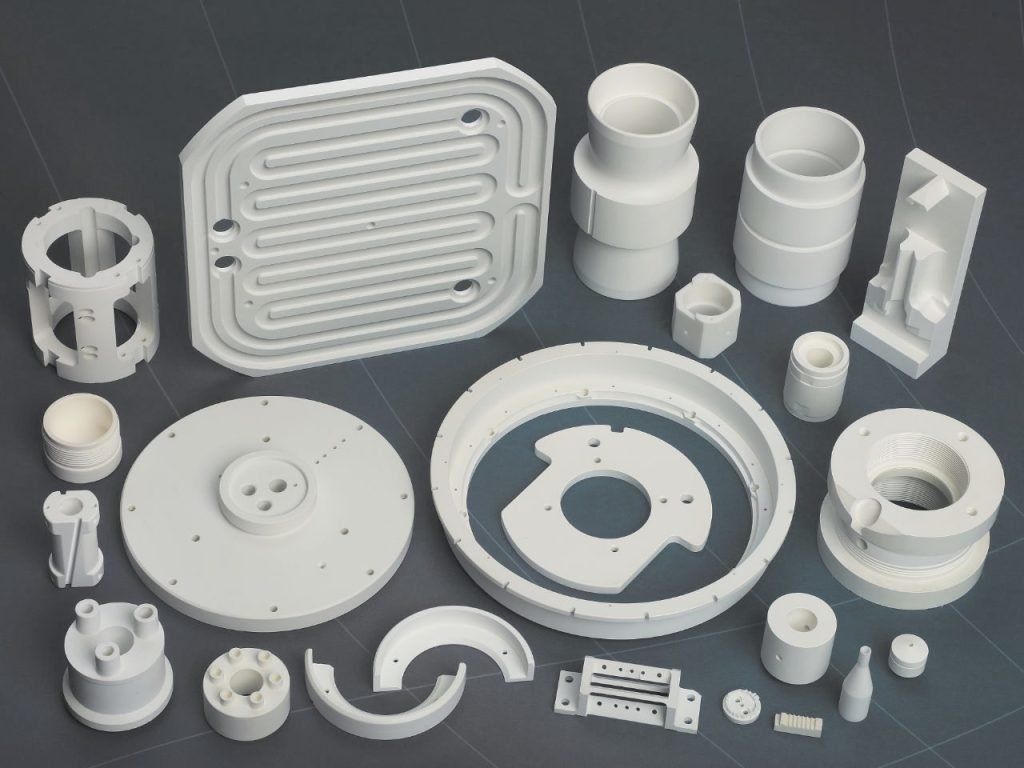Flexural Strength
Flexural Strength
Flexural strength, also known as bending strength, modulus of rupture or transverse rupture strength, is defined as the maximum stress in a material just before it yields in a bending test
Advanced Ceramics with low flexibility, compared to other materials like metals, normally have lower flexural strength and tend to cataclysmically fail on reaching their maximum test yield instead of deforming.

Materials Ranked by Compressive Strength
For applications requiring flexural strength, in addition to other mechanical properties, Precision Ceramics Alumina Toughened Zirconia (ATZ) offers up to a very impressive 1,800 MPa HIP. Zirconia’s various grades follow after this starting with CeramaZirc Nano HIP

Alumina (Al2O3) – CeramAlox™ Ultra Pure
1800 MPa
Alumina-Zirconia (ATZ) exhibits a combination of high hardness, flexural strength, wear and corrosion resistance characteristic while maintaining reasonably high fracture toughness.

Silicon Nitride (Si3N4) – CeramaSil-N™ PCSN2000
970 MPa
Silicon Nitride has the most versatile combination of mechanical, thermal, and electrical properties of any advanced ceramic material.

BN
850 MPa
Zirconia-Alumina (ZTA) exhibit a combination of high hardness, strength, wear and corrosion resistance while still maintaining reasonably high fracture toughness.
Related Properties

Fracture Toughness
The ability to resist fracture is a mechanical property of materials known as fracture toughness. For advanced ceramics it uses a critical stress intensity factor known as KIC where the fracture normally occurs at the crack terminations.

Density
Density is the mass of a material per unit volume. The unit of measurement can be expressed in different ways and is referred us as g/cm3 but another measurement value is kg/m3.

Hardness
One of the most valuable characteristics of advanced ceramics in high-performance applications is their extreme hardness. Hard ceramic materials are used for a wide range of applications in diverse fields and applications such as cutting tools for milling and grinding.

